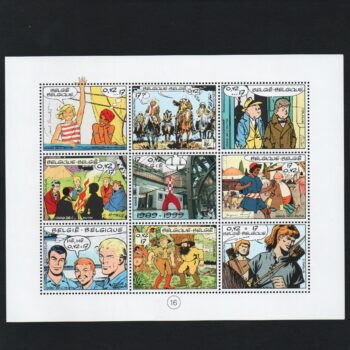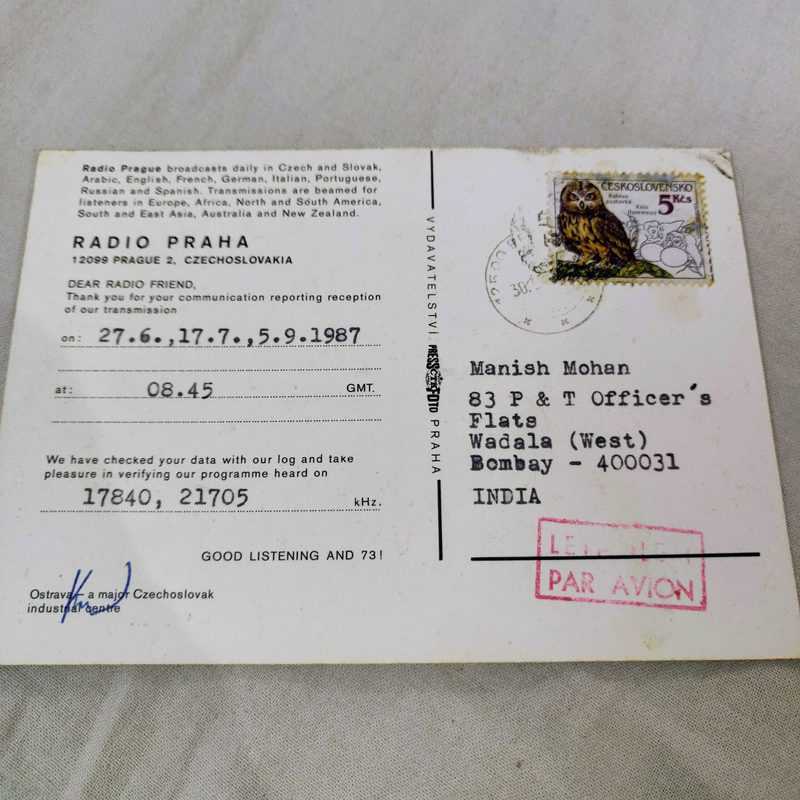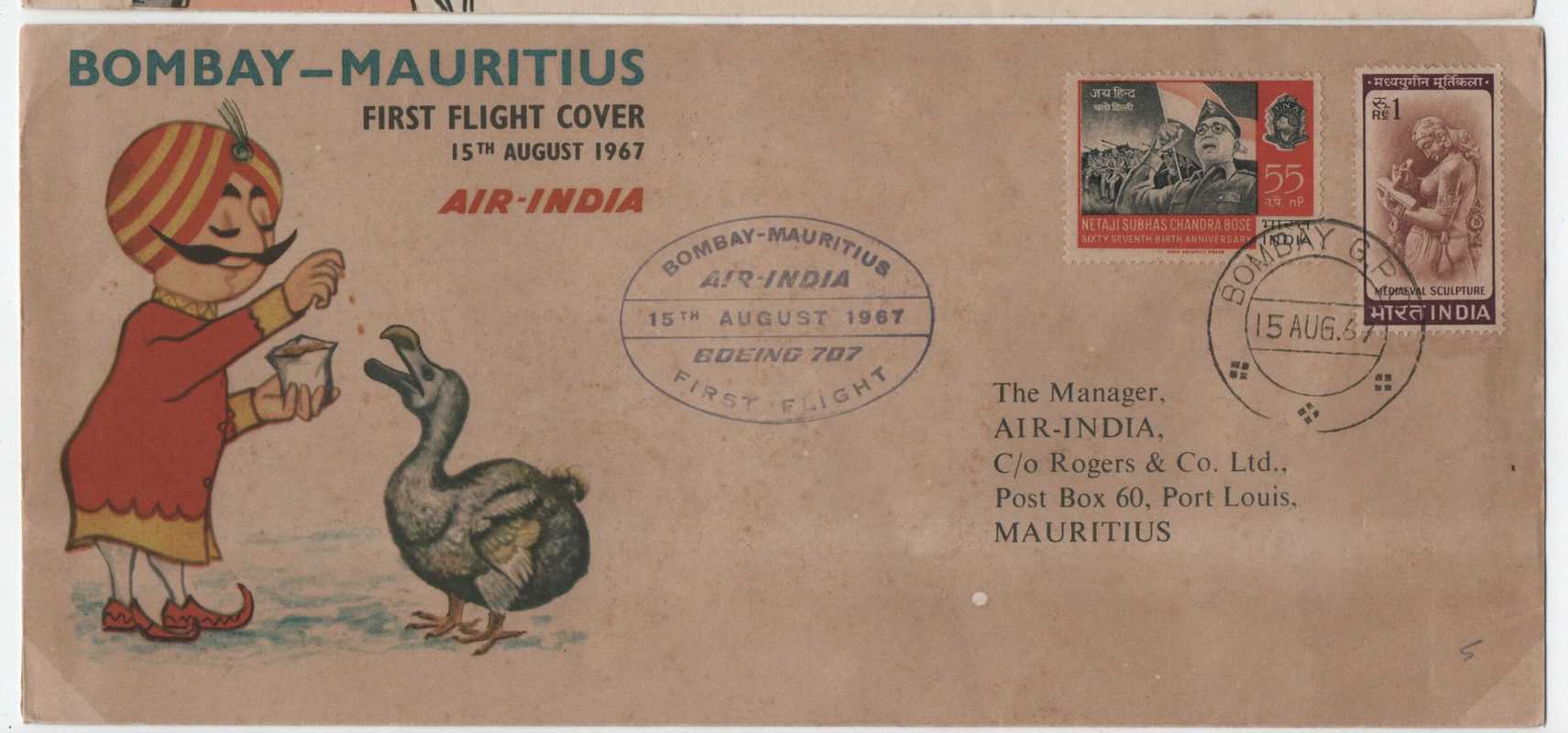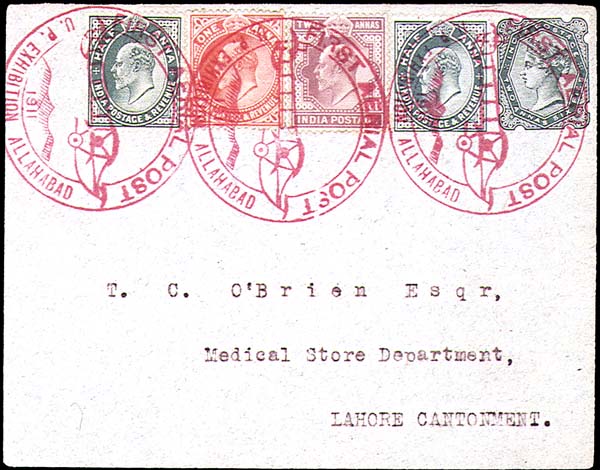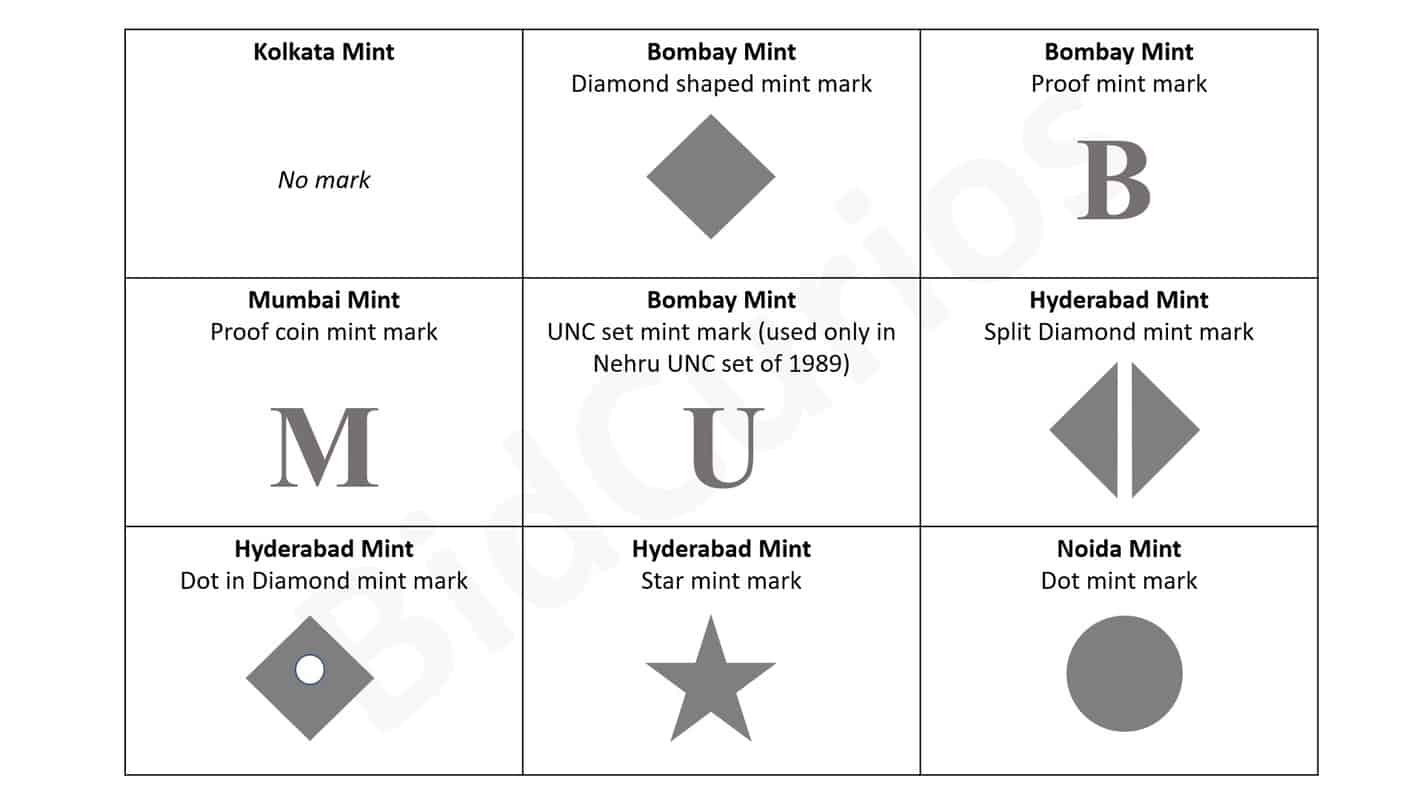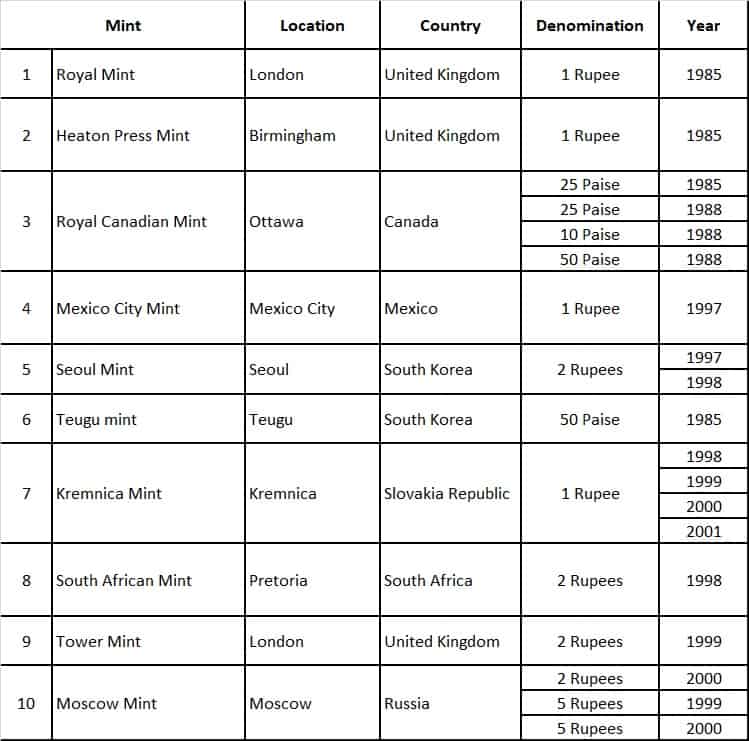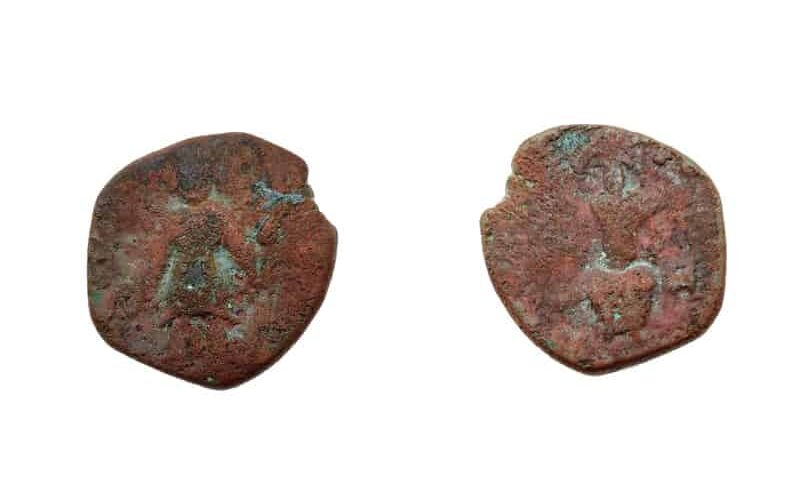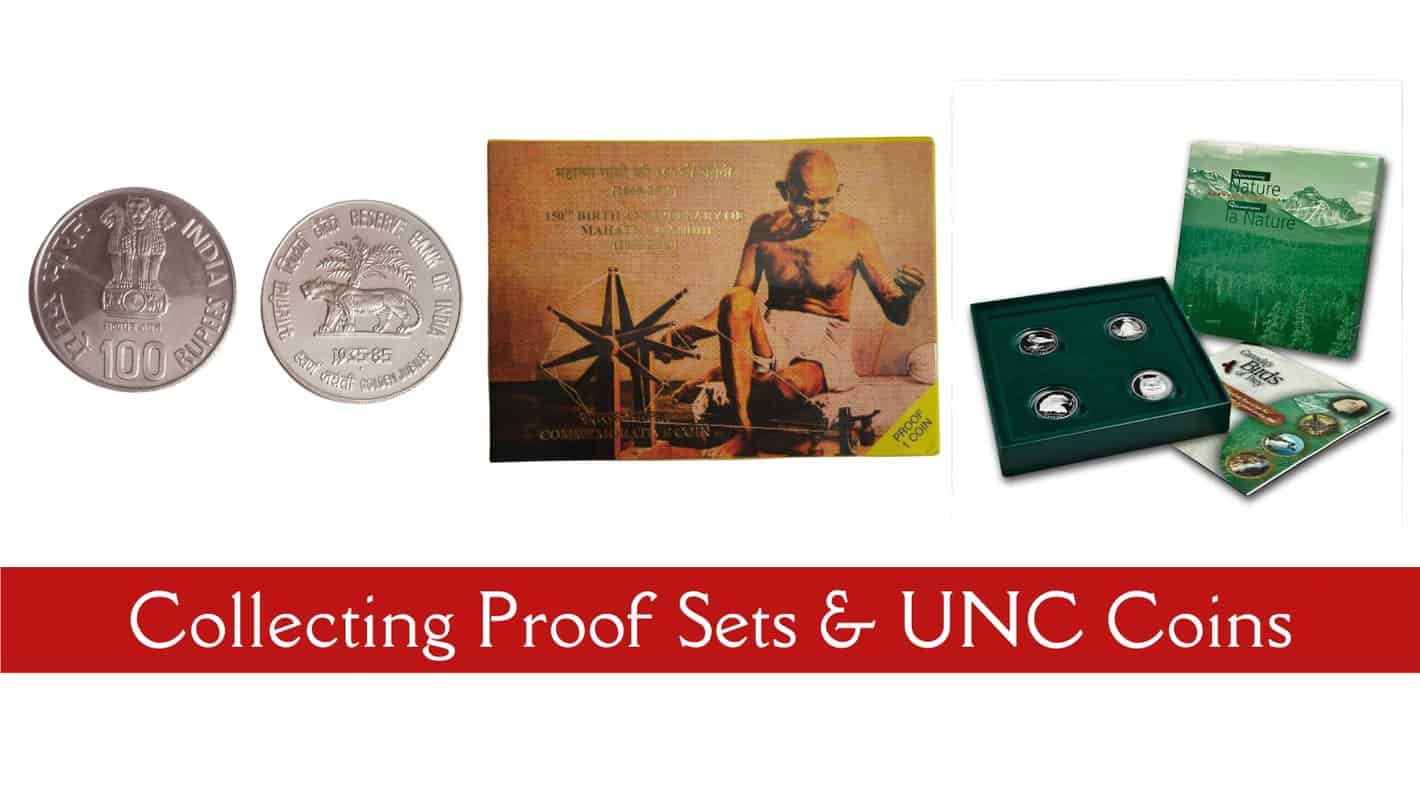
Proof sets and UNC coins (Uncirculated coins) are a fascinating area of numismatics that offer collectors an opportunity to own beautifully crafted coins with exceptional quality. Proof coins are specially minted coins with a mirror-like surface finish that is achieved by striking them multiple times with specially polished dies. UNC coins, on the other hand, are coins that have never been in circulation and have no signs of wear or damage.
Proof sets and UNC coins are highly prized by collectors because of their rarity, beauty, and historical significance. These coins are minted in limited quantities, making them rare and valuable. The coins in proof sets are often struck with higher quality than regular coins, making them sought after by collectors. Proof coin sets value is typically much higher than regular coins and these make for a great investment along with the pleasure in collecting these.
How to Start Collecting Proof Sets and UNC Coins
One of the best ways to start collecting proof sets and UNC coins is by purchasing them online at BidCurios. As India’s leading marketplace for collectibles, BidCurios, offers a wide range of proof coin sets for sale, making it easy for collectors to find the coins they are looking for. With a vast selection of coins from around the world, collectors can find coins from countries that they may have never seen before.
When starting a collection, it is important to decide on a theme or focus for your collection. This could be a particular country, era, or type of coin. Once you have a theme in mind, you can start to build your collection by purchasing coins that fit within that theme. A good way to start a collection is with a starter kit, which can include a variety of coins that fit within your chosen theme.
How to Care for your Proof Sets and UNC Coins
As you start to build your collection, it is important to keep your coins safe and secure. Investing in a good quality storage case or album is essential to protect your coins from damage or wear. Additionally, it is important to handle your coins with care, using gloves to avoid transferring oils or dirt onto the coins.
In conclusion, collecting Proof sets and UNC coins is a fascinating hobby that offers collectors an opportunity to own rare and valuable coins with exceptional quality. Whether you are a seasoned collector or just starting out, BidCurios is the perfect place to find the coins you are looking for. So start your collection today and discover the beauty and history of proof sets and UNC coins!






